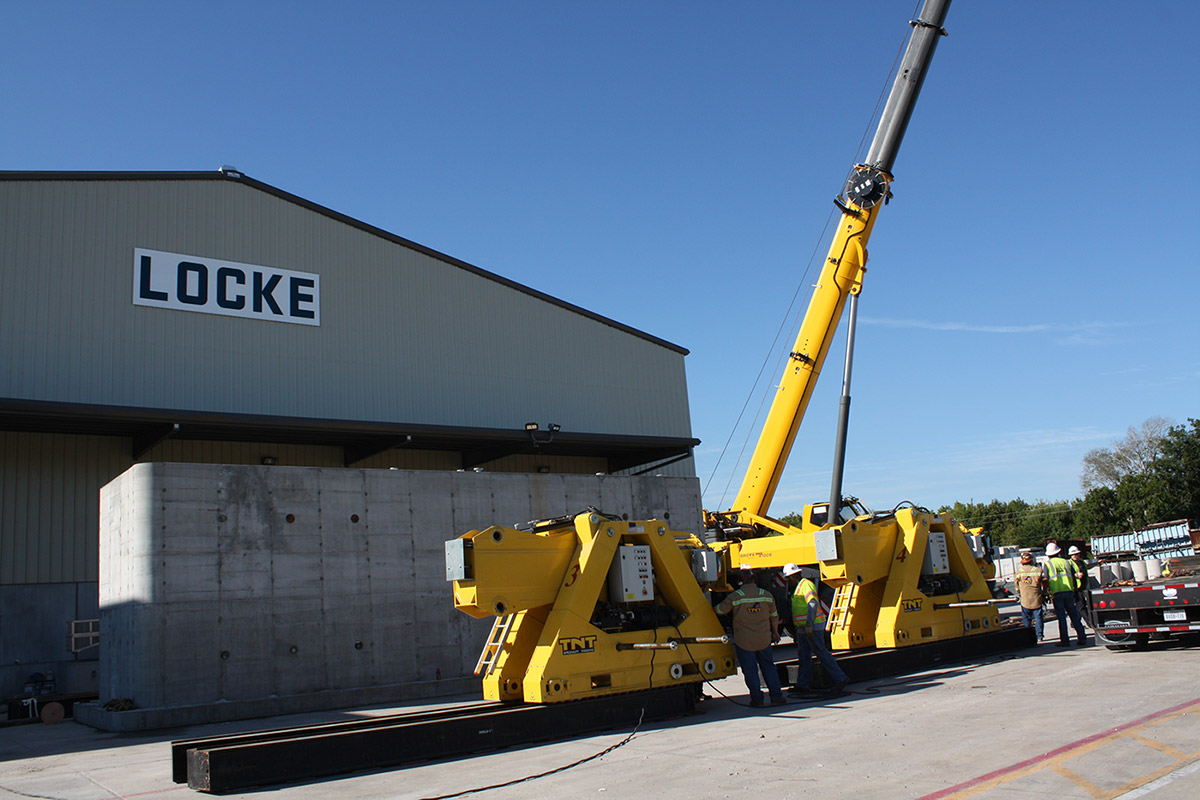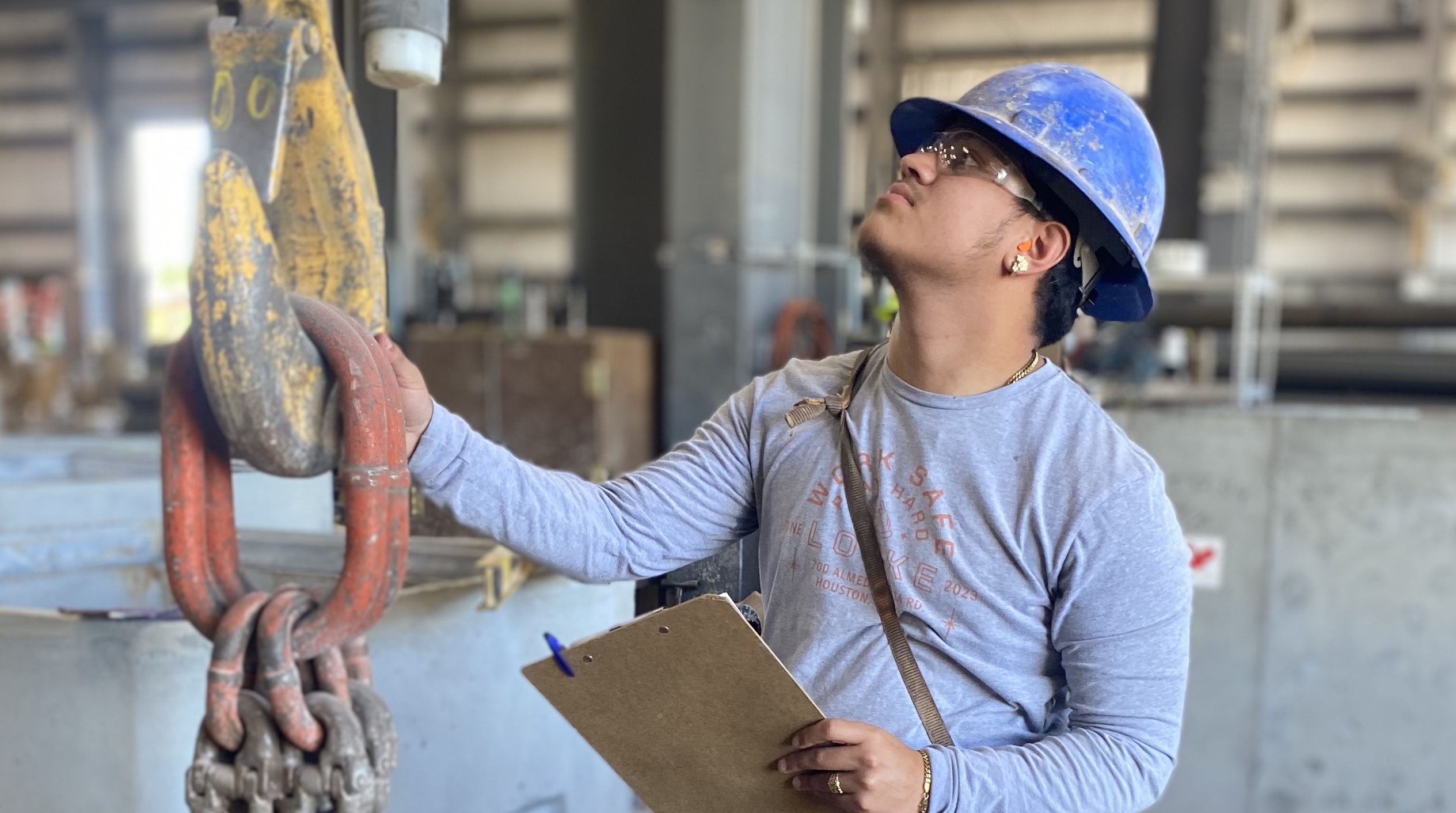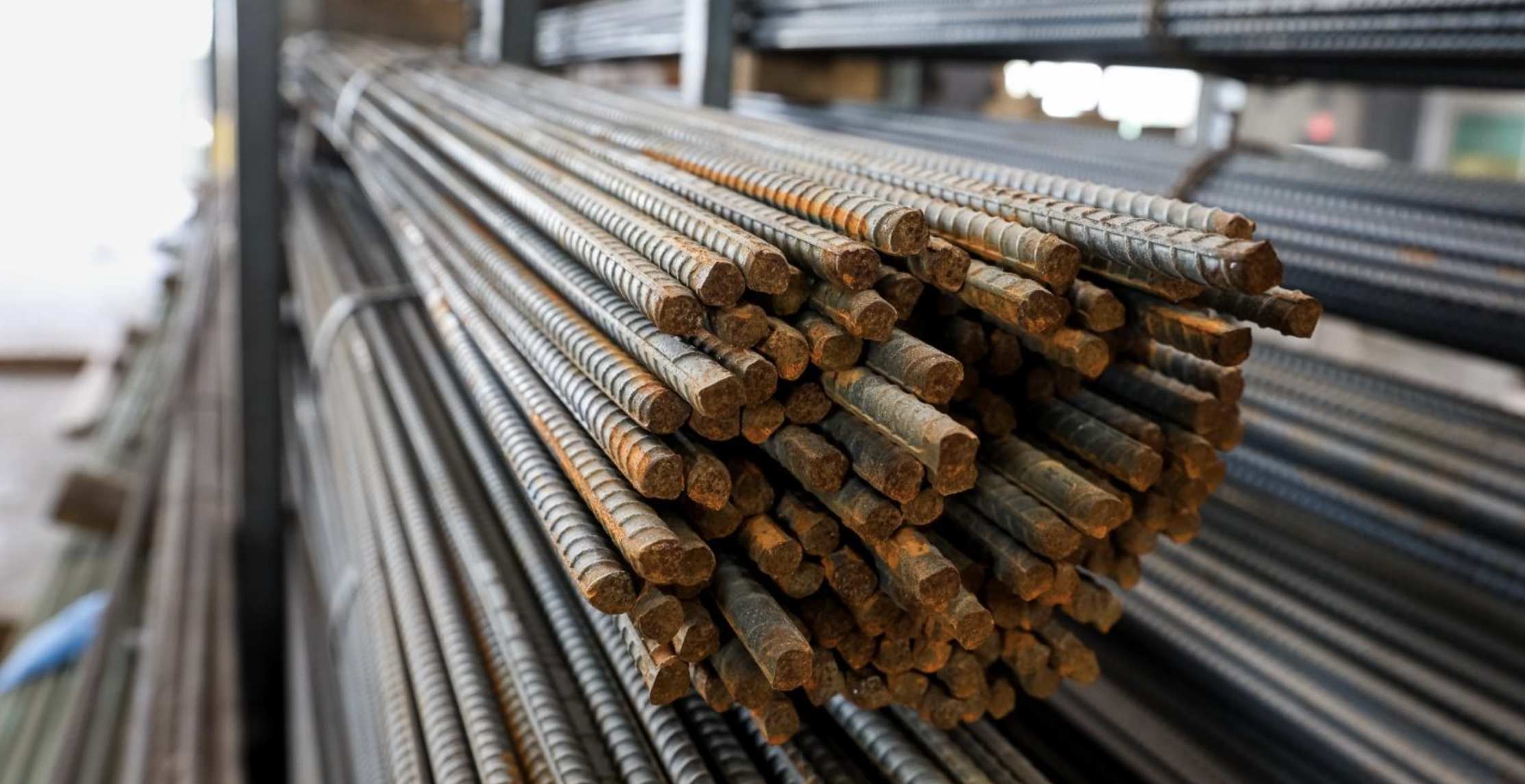Leading Precast
Contact Sales
There are occasions when cracks, chips, or spalls occur in concrete. When these forms of damage occur to a structure, it is important to understand the severity of the damage so you can use proper procedures to repair the concrete. In this article, we talk about the differences in these defects, what some of the common causes are, and what to look for when assessing how to repair a precast concrete structure.

CHIPPING

Chipping is often the result of impact on the concrete, and they typically occur on the edges or corners of a structure. Chips are considered to be smaller areas of breakage on a concrete structure that can be as deep as 1 inch and as wide as 8 inches. Chips are usually seen as a cosmetic issue and normally do not impact the structural integrity of the structure. During the precast manufacturing process, chips can occur when structures are removed roughly from their molds or are improperly handled or stored. On the jobsite, chips typically occur from improper handling of the product such wrapping chains around the structure and dragging it or unintentional collisions with other structures during the installation process.
SPALLS


Spalls are similar to chips but typically occur on the edge of a concrete surface. As is the case with chips, spalls are typically cosmetic in nature, but can range in size from small to large areas of the concrete edge. Like chips, they usually occur from impact or pressure applied to the edge of a concrete surface. Spalls that expose structural reinforcement are considered more severe and repairing these structures correctly is critical for the long-term life of the product. The most common cause of spalled edges occurs during handling and storage. Dunnage is typically used to support precast structures and allow access for forklift access underneath. Imperfections along the edges of the concrete surface can lead to a “point load” effect when the concrete is placed on dunnage or when forks are picking up the structure. This pressure concentrated in a small area along the edge of the surface can easily lead to a spalled edge. A great way to reduce the chances of spalling in these situations, is by creating a rounded or chamfered edge where the forks and dunnage will be supporting the structure.
CRACKS

Cracks can vary in size and depth and require more experience to evaluate. Concrete is inherently weak in tension and is designed with the expectation of it cracking up to the point where the steel reinforcement is located. Cracks can range from being minor and not require any treatment at all, to catastrophic and requiring major repairs to maintain the structural integrity of a product.
One type of minor cracking is surface cracks often found on the top surface of concrete structures. They are usually small in size, run across an unformed surface of a structure, and typically occur when the curing process is poor. Sometimes these cracks are called temperature or shrinkage cracks. These cracks occur when the surface dries quickly due to heat or wind and no controls are used to cure the surface at a slower rate maintaining moisture while the cement hydrates. These types of cracks may also present themselves if there is a high water to cement ratio in concrete mix design.
Another type of crack is called a re-entrant corner crack. These are very common and are due to stress on the corners of a structure. This usually occurs with structures that have squared off edges and the cracks will normally present themselves once the structure has cured. One way to minimize this problem is to create structures with rounded edges instead of squared off edges. Rounder edges provide more strength to the structure and can greatly help to reduce these types of cracks.

More severe cracking can occur on structures not properly handled or stored. For prefabricated concrete structures, they should rest on level surfaces and on dunnage that has been properly placed based on the design of the structure. Concrete is heavy and instances with the weight not properly distributed across the dunnage can lead to excessive stress on the structure. If it has not been designed for those stresses, there is a potential for it to develop stress cracks. Storage of larger precast sections should be evaluated and designed by an engineer.

ADDRESSING THE CAUSE & PREVENTATIVE MEASURES

Before a structure is repaired, it is important to understand the cause of the damage and what the final use of the product will be. For any structures with major damage, an engineer should assess the damage and evaluate the structural integrity before moving forward with any repair. This ensures that the correct actions will be taken to properly repair the structure. In addition, industry best practice is to prepare a damage assessment report to dig into root causes in order to learn and prevent damage of future structures.
HANDLING PRODUCTS

One of the most common ways for precast products to get damaged is due to improper handling. The product should always be carefully lifted and stripped from its casting mold after reaching the design stripping compressive strength. Normally, precast structures are not at full 28 day design strength when being demolded, but there should be a stripping strength designated and the concrete should be tested to ensure it is as this designated stripping strength. Molds should also be checked to ensure that they are not causing any damage to the structure and working properly. If molds are not properly coated with a form release agent, it may create problems during the stripping process and allow binding up when the product is being removed.
MAKING COSMETIC CONCRETE REPAIRS

“Patching” is usually the term that is used when performing cosmetic repairs to concrete structures. Patch mixtures can be cement based or have additional mineral additives added to the mix. They can also be comprised of an epoxy mortar, epoxy cement, or a polymer mixture. When repairing a damaged structure, it is first important to understand the severity of the damage to the structure. Qualified and competent personnel should assess the damage and if necessary, a qualified engineer should be involved for any potential structural damage.
COSMETIC REPAIRS ON PRECAST CONCRETE


In handling cosmetic repairs, the surface of the structure should first be prepared properly. Prepping the surface before the application of the repair material is one of the most important steps. The surface should be clean and free of any debris. Weather conditions should also be taken into consideration, as colder temperature will slow the patch material from curing.
Once the surface the has been prepped and the patch mixture is ready, water or a bonding agent may be applied to the site with a brush. This adds moisture to the area. Once this takes place, a trowel can be used to apply the patch mixture. It is important that the mixture is applied evenly across the surface of the structure.

Once the mixture has been evenly distributed, it can be smoothed over with sweeping motions.

Once the patch mixture has been evenly distributed, a brush will be used to smooth over the surface.
FINAL THOUGHTS

It is important that when cracks, spalls, or chips damage a structure, the severity of the damage is assessed. Repairs can be costly, especially with structures that receive significant damage. Structures that receive extensive structural damage may even be required to be replaced. It is critical that the product is properly inspected when damage does occur to ensure that with repairs, it will still be structurally sound. It is also important to understand what the cause of the damage was, so that changes and preventative actions can take place for future structures. Understanding the extent and cause of the damage along with proper surface preparations, a compatible patch mix, and proper application are key to a successful repair.
Stay tuned for our next article.
We hope this article was helpful. Please send in your questions to info@lockesolutions.com and we would be happy to help answer them.









